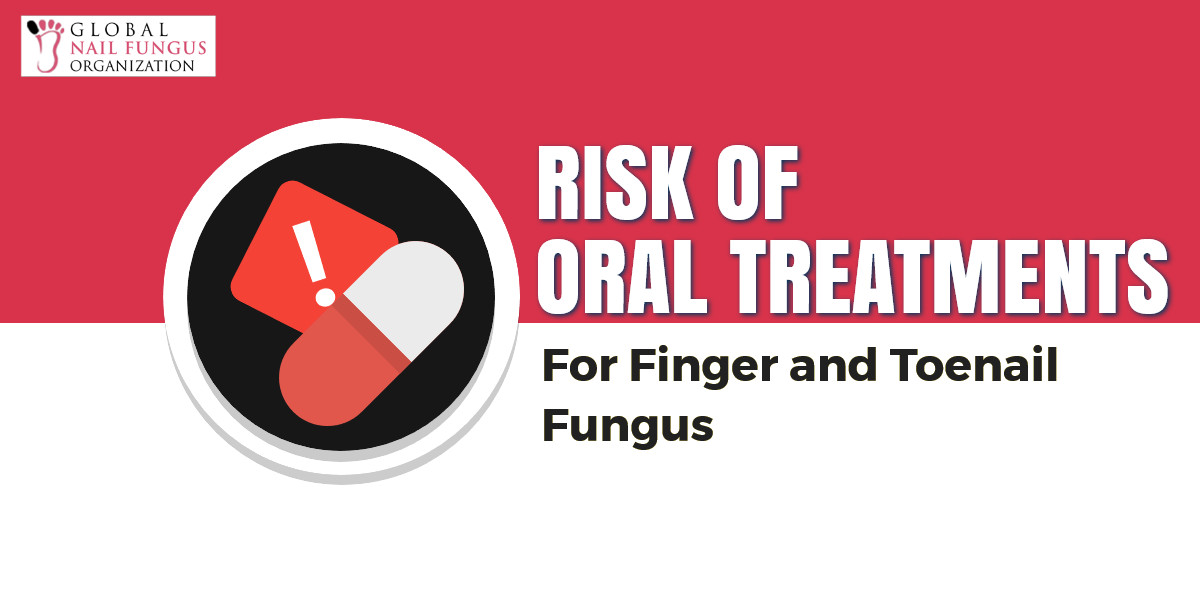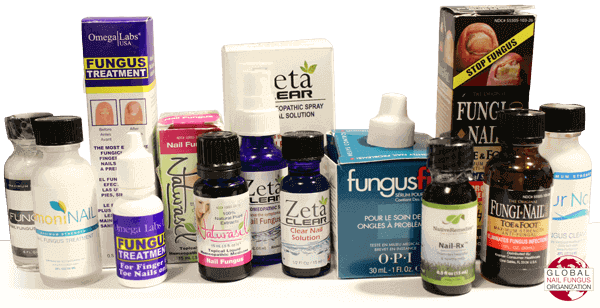 Risks of Oral Treatments for Finger and Toenail Fungus
Risks of Oral Treatments for Finger and Toenail Fungus
Table of Contents
Nail Fungus and Oral Treatments
Nail fungus infections could last a lifetime if they are just left alone. They can be just an unsightly presence in a person’s daily life, but they can also bring pain and a lot of harm if the infection worsens and spreads.
This is where treatment comes in. People who suffer from finger and toenail fungus have different treatment options, the most popular of which is perhaps oral medicine. Oral treatments are medications taken by mouth. As such, the medicines work from the inside of the body to heal the outside, supposedly killing the nail fungus infection. These are usually considered when the nail fungus infection is from moderate to severe because they have systemic effect and are able to reach different parts of the body.
Oral anti-fungal treatments are said to have high effectiveness rate. However, they also have high risks. They may also come with side effects, and therefore they are not recommended for some nail fungus sufferers.
Popular Oral Treatments for Nail Fungus Infections and Their Side Effects
a. Terbinafine
Used to treat fingernail and toenail fungal infections, terbinafine stops the growth of fungus. This anti-fungal can be taken with or without food once a day or as directed by a physician. It is recommended that the medication is taken until the full prescribed amount is finished. Otherwise, the fungus would return and even continue to grow. The results may be visible several months after the prescribed treatment.
Side effects of taking this drug includes diarrhea and stomach upset, as well as temporary change or loss of taste. If the conditions worsen or persist, it is suggested that you see a doctor immediately. If you also experience other side effects, including serious allergic reaction, severe abdominal pain, fever, breathing troubles and others, seek medical help immediately.
b. Itraconazole (Sporanox)
This drug is taken orally with a full meal once to twice a day or as prescribed by a doctor. It works best when taken at evenly spaced intervals so the drug is kept at a constant level in the body. Like terbinafine, you may need to take this drug for several months and continue doing so even after the full prescribed amount is finished.
Common side effects of itraconazole include diarrhea, headache, dizziness, nausea and vomiting, and upset stomach. Mild rash is also a common side effect of the drug, but it’s not serious.
Other than those, people with nail fungus infections should not have any serious complications. If the conditions persist or worsen, patients should seek immediate medical attention. Likewise, if they feel other side effects from the drug—such as hair loss, irregular heartbeats, ringing in the ears, temporary or permanent hearing loss, enlarged breasts in men, decreased sexual interest and others—they must inform their doctor as soon as possible.
c. Griseofulvin
Although it is mainly prescribed to treat skin and scalp infections, griseofulvin is also suitable for nail infections. It prevents fungal cells from dividing and multiplying. It generally takes three to four months of treatment for nail fungus infections.
A word of caution, though: Griseofulvin may come with serious side effects. It can cause severe skin reactions, including Steven-Johnson syndrome and toxic epidermal necrolysis, both of which can result in hospitalization and death. There are reports of liver injury from some users of griseofulvin as well.
Other reported side effects include nausea and vomiting, upset stomach, headache, numbness of the hands and feet, insomnia, and diarrhea.
As the drug is also known to cause birth defects, it is advised against use during pregnancy. Women who plan to give birth in the future are asked to use birth control during treatment and for one month after taking griseofulvin. Men are also asked to wait six months after taking the drug before attempting to father a child.
Although there are no concrete findings on the effect of griseofulvin in breastfeeding mothers, nursing mothers are still advised not to use the oral medication.
Alternatives to Oral Medicines
With the side effects that come with taking oral medications, it’s understandable why many people prefer other alternatives in treating finger and toenail fungus infections. These include topical treatments, essential oils, surgery, and laser therapy.
Anti-fungal topical ointments are traditionally used for mild to moderate nail fungus infections. These are applied on the nails and the skin surrounding them. The main criticism of topical medicines is that they are apparently not as effective as oral drugs because they cannot penetrate the nails to get to the fungus.
However, there are modern and improved topical ointments that address this concern. Products with 10% undecylenic acid effectively heal nail fungus infection with the help of penetrating agents, usually essential oils.
Surgical removal of the nail, on the other hand, is used for severe or recurring fungal infections. After the infected nail is removed, a topical anti-fungal ointment is applied to the nail bed to prevent the regrowth of the fungus.
As for laser treatment, it takes about six months before visible results can be seen. The treatment is expensive as it takes several sessions of therapy during the prescribed period.
Conclusion: Considering Oral Medication in Curing Nail Fungus
Oral medicines have high success rate of treating finger and toenail fungus infections. However, this effectiveness comes at a steep price: side effects. Physicians only prescribe oral anti-fungal medicines to patients if they believe the benefits outweigh the side effects. Unfortunately, there are people who are not fit to take these drugs because of their medical conditions, age, or even because of the other medicines they take. Success rate for adults over 65 years old also appears to diminish.
Fortunately, for people who do not want to take the risks associated with taking oral medicines, there are other treatment options. Topical remedies are as popular as oral drugs, though some of them are said to be not as effective. However, it’s a different matter for topical anti-fungal ointments that have the right ingredients. Topical medicines with 10% undecylenic acid combined with a penetrating agent may just be the solution and best alternative for oral anti-fungal medicines.










